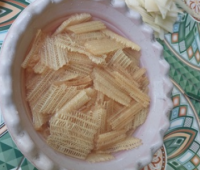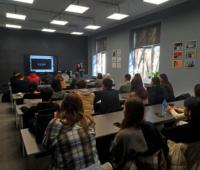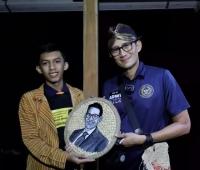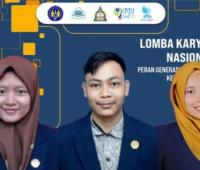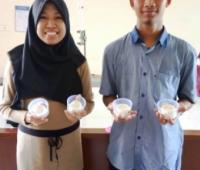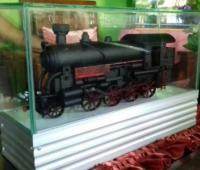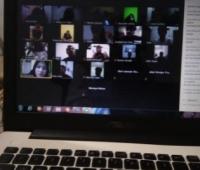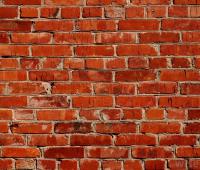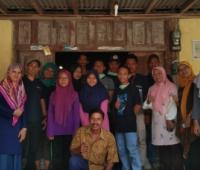A team of UNY students consisting of Yustina Rahma Sari, Linda Oktafianingsih, Brina Gamelisa, Kiki Adisti, Rahayu, Tiar Rahmasanti, Arief Kurniawan, Fani Maulana, Muhammad Raihan A and Tria Adelia succeeded in processing banana stems into chips. "After harvesting bananas, banana tree trunks are cut down and rotted. People mostly have not used banana stems, so the stems have no economic value. Therefore, we are interested in making food innovations from banana stems," said Yustina Rahma Sari.
To give a wider impact, the UNY student team has held training on making banana stem chips for women in Bojong Village, Purworejo Regency. With this innovation in making banana stem chips, banana stem waste can provide economic benefits and, at the same time, a healthy snack for the... Read More ...

